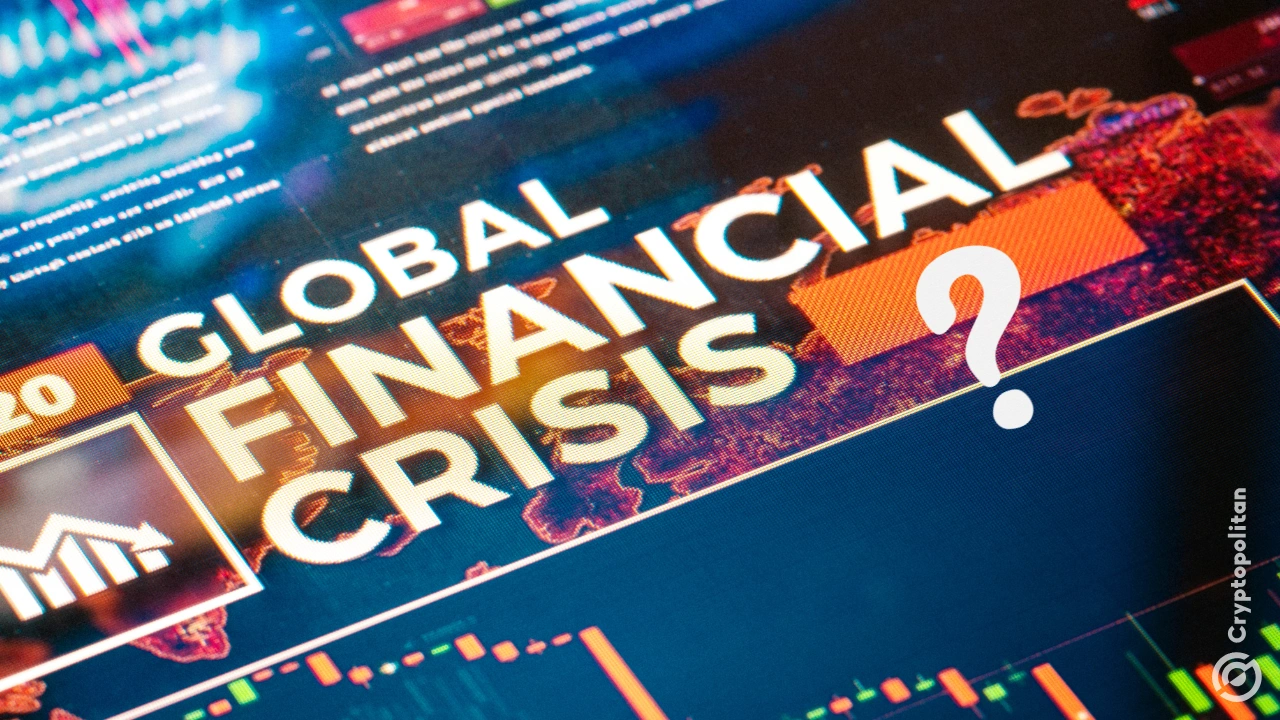The consequences of a financial crisis are seldom contained within national borders. Capital departs emerging markets, stock markets tank globally, trade contracts are terminated, and unemployment increases. The world has discovered the painful way that **no economy is an island**, from the Great Depression to the 2008 Global Financial Crisis and the COVID-19 shock.
However, the international system for crisis response remains fragmented, politicized, and inconsistent, despite the fact that the global economy is more interconnected than ever. Certain interventions have been highly effective. Others have perpetuated stagnation, exacerbated inequality, or neglected the most vulnerable.
Therefore, which strategies are effective in resolving financial crises on a global scale, and which are not?
## Effective Strategies
### 1. **Efficient, Coordinated Central Bank Action**
One of the most effective instruments in the context of recent financial crises has been coordinated monetary intervention.
* **Example:** In 2008, the U.S. Federal Reserve established dollar swap lines with central banks worldwide to alleviate liquidity pressures.
* **The Reason It Works:** It prevents currency freefall in vulnerable countries, enhances investor confidence, and stabilizes global markets.
**Lesson:** Panic can be halted in its tracks by central banks that operate in unison.
2. **Counter-Cyclical Fiscal Stimulus**
Governments must intervene when private demand plummets.
* **Example:** The global fiscal response to COVID-19 was unprecedented, with a total of over \$17 trillion across countries.
* **The Reason It Works:** It promotes consumption, preserves employment, and initiates the recovery process.
**Lesson:** During a recession, austerity frequently exacerbates the situation. A recession can be distinguished from a depression by the implementation of timely, targeted fiscal stimulus.
3. **Debt Relief for the World’s Most Poverty-Stricken Nations**
During crises, the most vulnerable economies in the world require breathing room.
* **Example:** During the COVID-19 pandemic, the G20’s Debt Service Suspension Initiative (DSSI) offered temporary assistance to 73 countries.
* **The rationale for its effectiveness:** It allocates resources to health and social protection at the critical juncture.
**Lesson:** The Global South must be incorporated into crisis solutions, or there is a risk of protracted global instability.
4. **Support from Multilateral Institutions that Is More Flexible**
Institutions such as the IMF and World Bank are instrumental—but only when they respond promptly and impartially.
* **Example:** The IMF’s emergency lending programs and Special Drawing Rights (SDR) allocation in 2021 were essential for liquidity.
* **The Reason It Works:** It provides countries with easy access to financing without the need to meet immediate, stringent requirements.
**Lesson:** Multilateralism is significant—but only if it is equitable, inclusive, and responsive.
What is ineffective?
### 1. **Austerity That Is Universally Applicable**
During a crisis, the suffering can be exacerbated by the imposition of severe budget cuts.
**Example:** The protracted depression and social unrest that resulted from the austerity measures implemented in certain regions of Europe, particularly Greece, following the 2008 financial crisis.
* **The reason it fails:** It diminishes demand, elevates unemployment, and undermines public confidence in institutions.
**Lesson:** The implementation of fiscal consolidation should be postponed until the recovery begins.
—
### 2. **Delays in Crisis Response**
Timing is of the essence.
* **Example:** The delayed implementation of debt restructuring in low-income countries has resulted in a significant number of individuals being left in a state of uncertainty, which has impeded investment and recovery.
* **The reason it fails:** Markets respond promptly; delayed action results in more severe economic damage.
**Lesson:** Lives and livelihoods are preserved through the use of speed and decisiveness.
—
### 3. **Ignoring Inequality**
Long-term instability is the result of policies that favor the wealthy while neglecting the majority.
* **Example:** The affluent reaped the benefits of quantitative easing in advanced economies, which increased asset prices. * **Reason for its failure:** Political polarization is exacerbated by increasing inequality, which in turn impedes a more comprehensive recovery.
**Lesson:** By design, crisis responses must be inclusive.
—
### 4. **Unregulated Financial Innovation**
Complex financial products that surpass regulatory requirements frequently generate crises.
* **Example:** The 2008 collapse was influenced by mortgage-backed securities and credit default swaps.
* **The reason it fails:** Innovation is rendered risky in the absence of transparency and oversight.
**Lesson:** Innovation is encouraged; however, it necessitates safeguards.
—
## Progress Towards Intelligent Global Crisis Management
A more effective global crisis response system would:
* **Promote fairness** by implementing progressive fiscal measures and ensuring that all individuals have access to aid. * **Act promptly** with automatic stabilizers and contingency funds.
* **Act with climate-smartness**, recognizing the increasing correlation between economic risk and environmental disruptions.
* **Give emergent economies a stronger voice in global decision-making bodies** to empower them.
In the final analysis, the resolution of financial crises on a global scale is not solely about the rescue of markets; it is also about the protection of individuals, the preservation of livelihoods, and the restoration of trust in the global economic system.
—
Final Thoughts
Every crisis is a stress test, not only of our financial systems but also of our values and our willingness to collaborate. **Fast, equitable, and forward-thinking global responses are necessary if we are to achieve a stable, sustainable future**.
The subsequent crisis is imminent. The question is: Will we be prepared and will we improve?

Leave a Reply